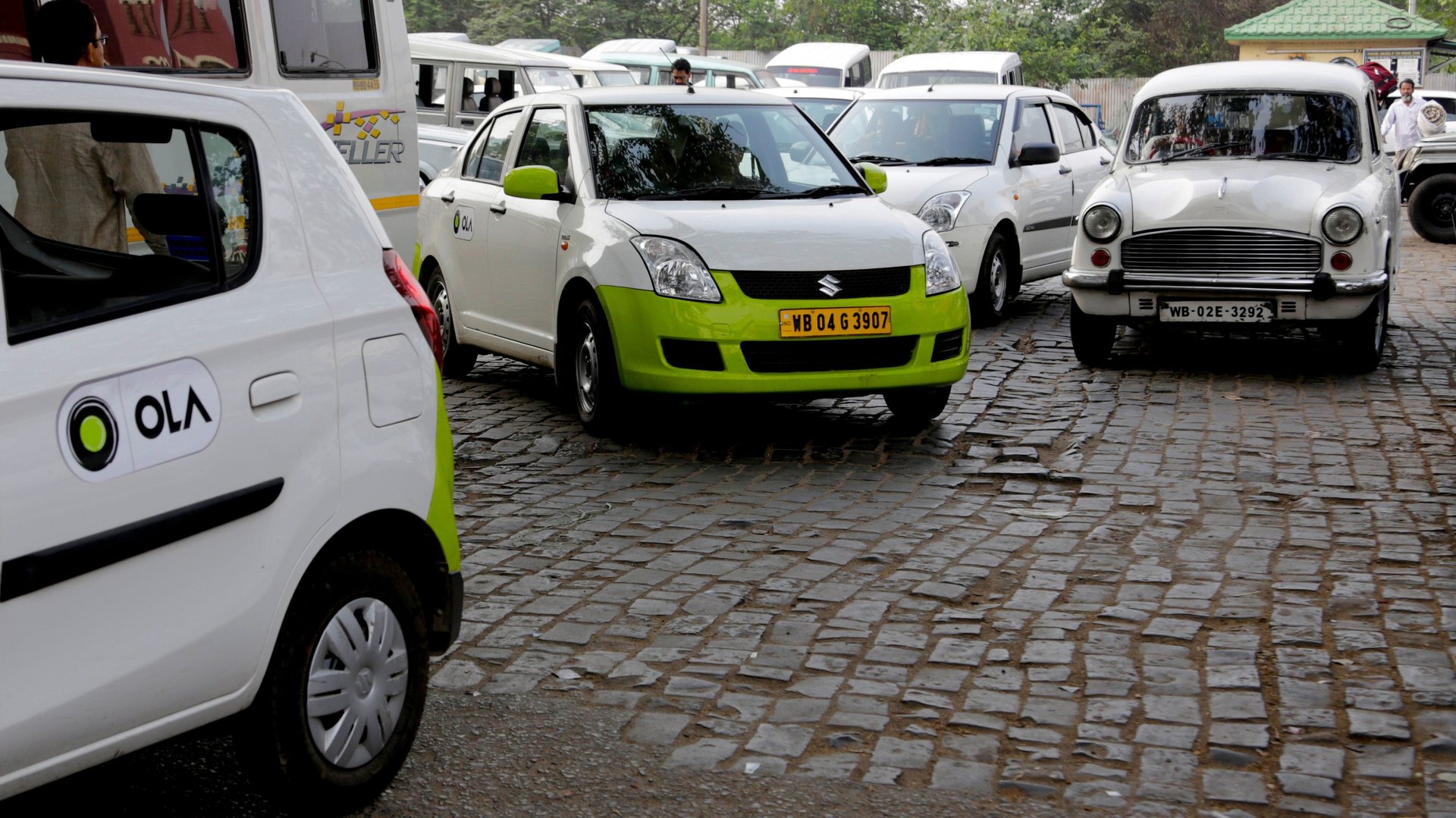Ola enters a third international market with a bigger war chest
India’s biggest homegrown ride-hailing firm, Ola, is zooming from one high point to the next like never before.


India’s biggest homegrown ride-hailing firm, Ola, is zooming from one high point to the next like never before.
Just a month after its last funding round, the Bengaluru-based firm has raised $50 million (Rs362 crore) from Hong Kong-headquartered Sailing Capital and the China-Eurasian Economic Cooperation Fund (CEECF) at a valuation of roughly $4.3 billion, the Mint newspaper reported on Sept. 17. The two investors will hold a combined stake of over 1% in Ola.
This adds to the funding spree that Ola has been on over the last two years.
This news comes at a time when Ola is eyeing rapid expansion outside India and growing its share in the food-tech pie at home.
Overseas growth
Today (Sept. 18), Ola said it was driving into a third foreign market—New Zealand. The service will first launch in Auckland, Christchurch, and Wellington, with a commission rate of 9%. “It benefits drivers by charging the industry’s lowest commissions, resulting in higher driver earnings, and by paying drivers daily rather than weekly,” the company said in a press release.
This comes just eight months after Ola made its maiden foray outside India into Australia. In August, the company also launched in the UK.
These foreign markets will help Ola garner higher revenues than in India. Though Uber has been in many of these markets for years before Ola’s entry, analysts see merit in the Indian company looking for growth abroad.
“Ola has grown to a reasonable scale and size in India and is obviously a strong competitor for Uber. Their platforms and technologies are broadly similar so they’re competing on driver acquisition, branding etc. in the overseas markets,” said Harish HV, an independent consultant who tracks India’s startup sector. “I don’t believe that just because somebody (Uber) has a significant market share, other players can’t come in.”
However, not everyone is as optimistic. “Ola’s operating losses are also increasing, which is a cause of concern. Though it has plans to become profitable, these actions don’t support the strategy,” said Yugal Joshi, vice-president at Texas-based consultancy firm Everest Group. “Having said that, investors don’t seem to care either, so be it.”
Comparing Ola with Uber, Joshi said Uber “started its outside-US obsession only when it became substantial and it now has revenue of almost $10 billion.” Meanwhile, “Ola, whose revenue is less than $200 million, has to undertake so many business tactics to grow even at infancy.”